The Magic of Combination: Legumes and Cereals for Complete Nutrition
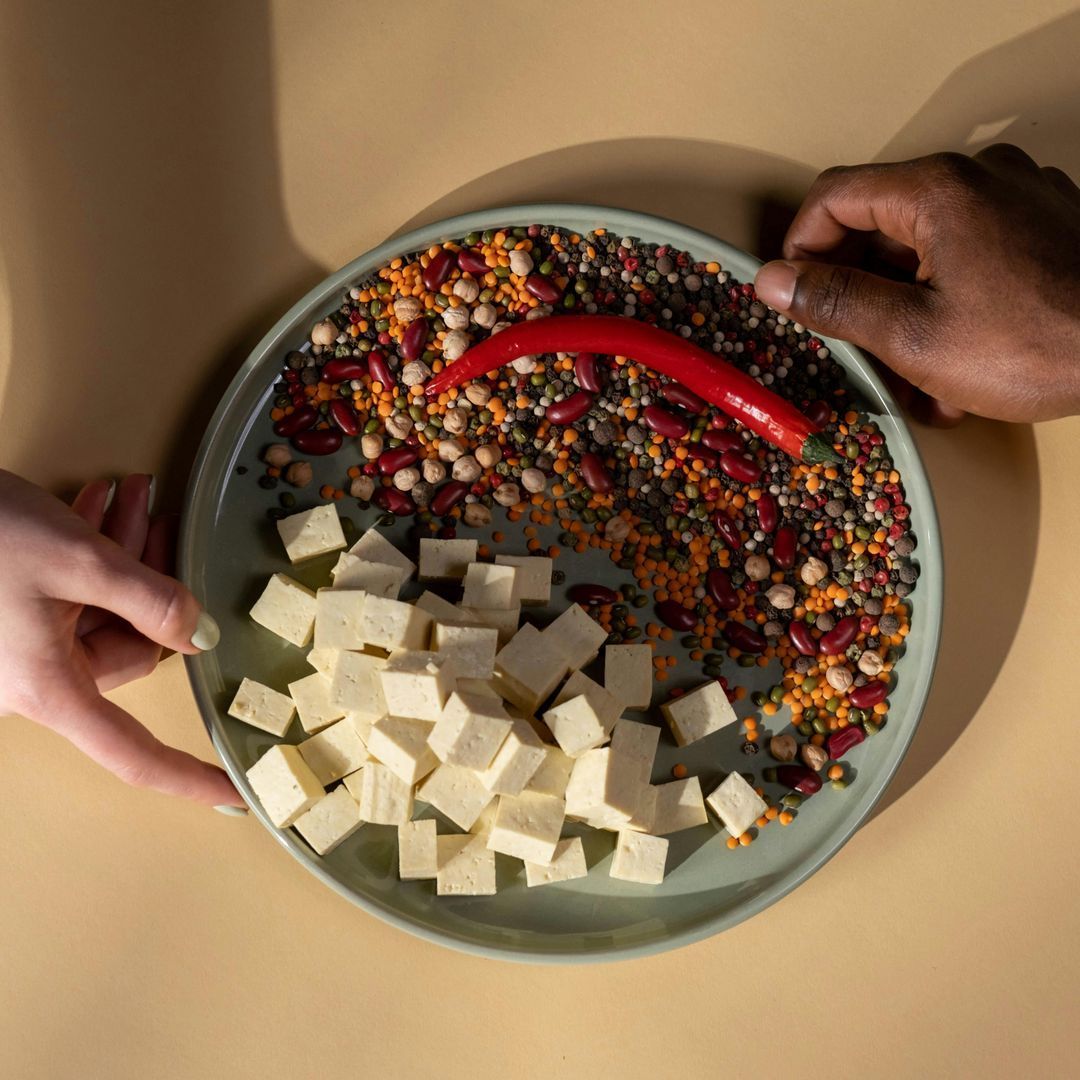
Discover how the combination of legumes and grains has allowed various civilizations to thrive, creating a complete and nutritious amino acid profile. This article explores the science behind this perfect pairing, from the ancient world to modern cuisine, with concrete examples of traditional dishes that harmoniously combine these two ingredients. From the Mediterranean diet to typical dishes of South America and Asia, youll learn how grains and legumes are essential to a healthy and balanced diet, promoting not only health but also global food sustainability.
Historical and cultural introduction: the evolution of legumes and cereals in ancient civilizations
For millennia, legumes and cereals have been the basis of the human diet, not only for their energy-providing capacity, but also for their fundamental role in the formation of the first agricultural societies. Already in the first agricultural civilizations of Mesopotamia, Egypt, and the Indus Valley, the cultivation of cereals such as wheat, barley, and rice, and legumes such as lentils, chickpeas, and fava beans, was closely linked to survival. These foods, in fact, are easy to grow and have a long shelf life, allowing ancient civilizations to prosper, develop complex social and commercial structures, and feed ever-growing populations. The first evidence of combinations of legumes and cereals dates back to ancient Mediterranean and Middle Eastern civilizations, where legumes were used as a source of plant-based protein, perfectly complementing cereals to provide a balanced diet. During this period, the combination of cereals and legumes was a central element in daily diets, not only for nutritional reasons but also for the convenience and shelf life of the two foods. Indeed, agricultural cultures developed advanced cultivation techniques that favored crop rotation, using legumes to enrich the soil with nitrogen and reduce the need for chemical fertilizers. In Africa, for example, combining corn and beans has been practiced for centuries, while in Asia, rice has always been combined with soybeans, lentils, and other legumes. These traditions, which originated in ancient times, continue to be fundamental in many cuisines of the modern world.
Nutritional benefits of legumes and cereals
Legumes and grains are known for their nutritional value, making them essential to a balanced diet. Legumes are an excellent source of plant-based protein, fiber, vitamins, and minerals such as iron, potassium, magnesium, and zinc. Grains, on the other hand, primarily provide complex carbohydrates, which provide sustained energy, as well as fiber and minerals such as manganese and selenium. These foods are also rich in antioxidants and phytonutrients that support heart health, cholesterol regulation, and a reduced risk of chronic diseases such as type 2 diabetes. But the true strength of this combination is its ability to offer a complete protein profile. As mentioned, legumes are rich in lysine but low in methionine, while grains contain a lot of methionine and little lysine. When combined, these two foods complement each other perfectly, allowing the human body to obtain all the essential amino acids in adequate proportions. Another significant benefit is the low glycemic index of the legume-grain combination, which helps maintain stable blood sugar levels. In particular, for those with diabetes or at risk, consuming legume- and grain-based dishes is an optimal dietary choice. Legumes are also high in soluble fiber, which helps reduce fat absorption and improve intestinal health.
Middle East: Hummus and Pita
In the Middle East, hummus, a chickpea spread, is often served with pita (a wheat-based bread). This dish, rich in protein, fiber, and complex carbohydrates, is a perfect example of how legumes and grains can be combined to form a complete and balanced meal. Hummus, made with tahini (sesame seed paste), is also rich in healthy fats, making it ideal for those seeking a balanced and filling diet.
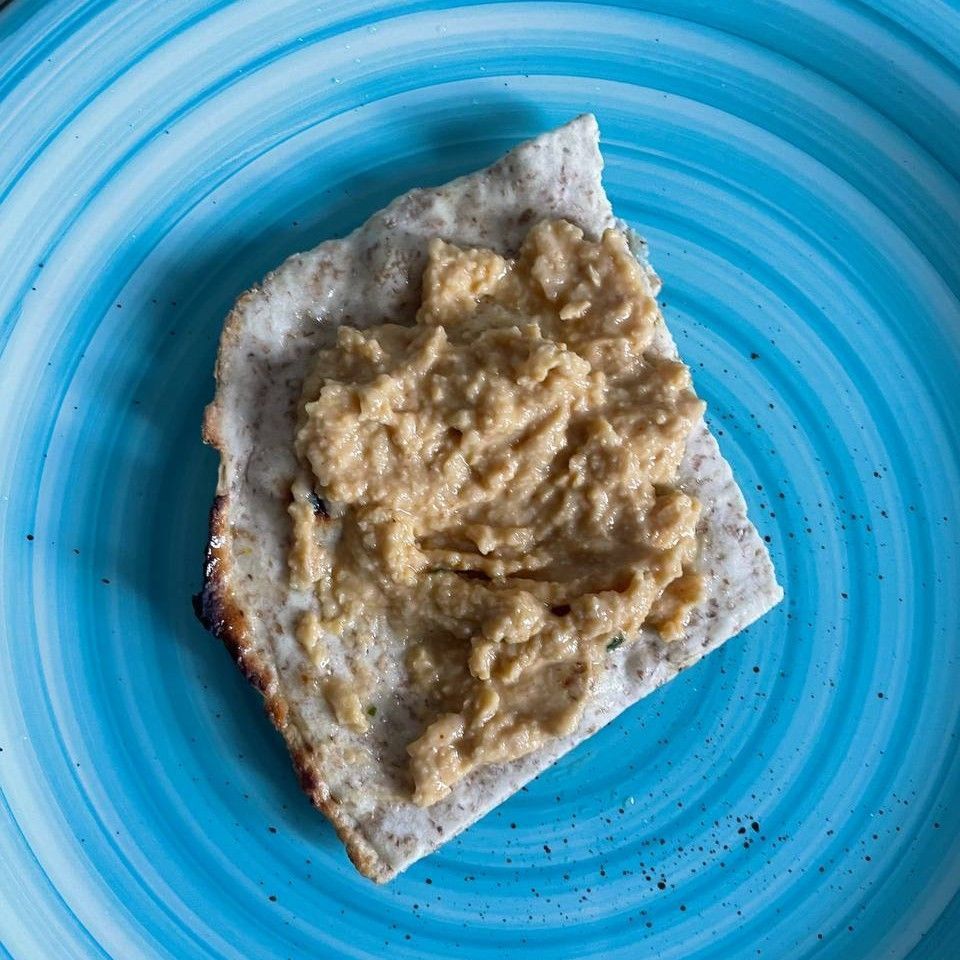
Pane arabo e hummus
Uno spuntino semplice e salutare o un buon antipasto da gustare in compagnia
Tempo di preparazione
25 minutiTempo di cottura
5 minutiRiposo
30 minutiPorzioni
FacileDose
4Strumenti
Frullatore ad immersione, PadellaIngredienti
Farina tipo 00250 gCeci (precotti)250 gAcqua150 mlTahina25 gOlio EVO2 cucchiaiAglio1 spicchioSale fineq.b.Cuminoq.b.Limoneq.b.1 In una ciotola, mescola la farina con un pizzico di sale.
2 Aggiungi l’acqua poco alla volta e impasta fino a ottenere un panetto liscio ed elastico. Se necessario, aggiungi un filo d’acqua o farina per regolare la consistenza.
3 Copri l’impasto con un panno e lascialo riposare per almeno 30 minuti.
4 Dividi l’impasto in 4-6 palline e stendile con un mattarello fino a ottenere dischi sottili (circa 2-3 mm).
5 Scalda una padella antiaderente a fuoco medio-alto.
6 Spennella ogni disco con olio d’oliva e cuocilo in padella per circa 1-2 minuti per lato, fino a quando si gonfia leggermente e compaiono bolle dorate.
7 Se vuoi un hummus super cremoso, sbuccia i ceci sfregandoli tra le mani o frullali subito con un po’ di acqua.
8 In un mixer o frullatore ad immersione, unisci i ceci, la tahina, il succo di limone, l’aglio, il sale e il cumino.
9 Inizia a frullare aggiungendo l’olio e l’acqua a filo, fino a ottenere una consistenza liscia e vellutata.
10 Assaggia e aggiusta di sale o limone se necessario
11 Trasferisci in una ciotola, decora con un filo d’olio e, se ti piace, paprika o semi di sesamo.
12 Per un tocco in più, puoi servire il tutto con un filo d’olio extravergine d’oliva mescolato con peperoncino e aglio tritato finemente, creando una salsa aromatica e leggermente piccante che esalta il sapore del pane e dell’hummus. Spennellalo sul pane caldo o versalo direttamente sulla crema di ceci per un’esplosione di gusto mediorientale.
Asia: Soybeans and rice
In Asia, soy is one of the main ingredients combined with grains, especially rice. In China, Japan, and Korea, soy-based dishes, such as tofu and tempeh, are regularly combined with rice. Soy is a legume exceptionally rich in protein and can be consumed in a variety of forms, from tofu to tempeh, including soy sauce and miso. These combinations are the basis of Asian vegetarian cuisine, where rice is the main source of carbohydrates and soy provides a complete plant-based protein.
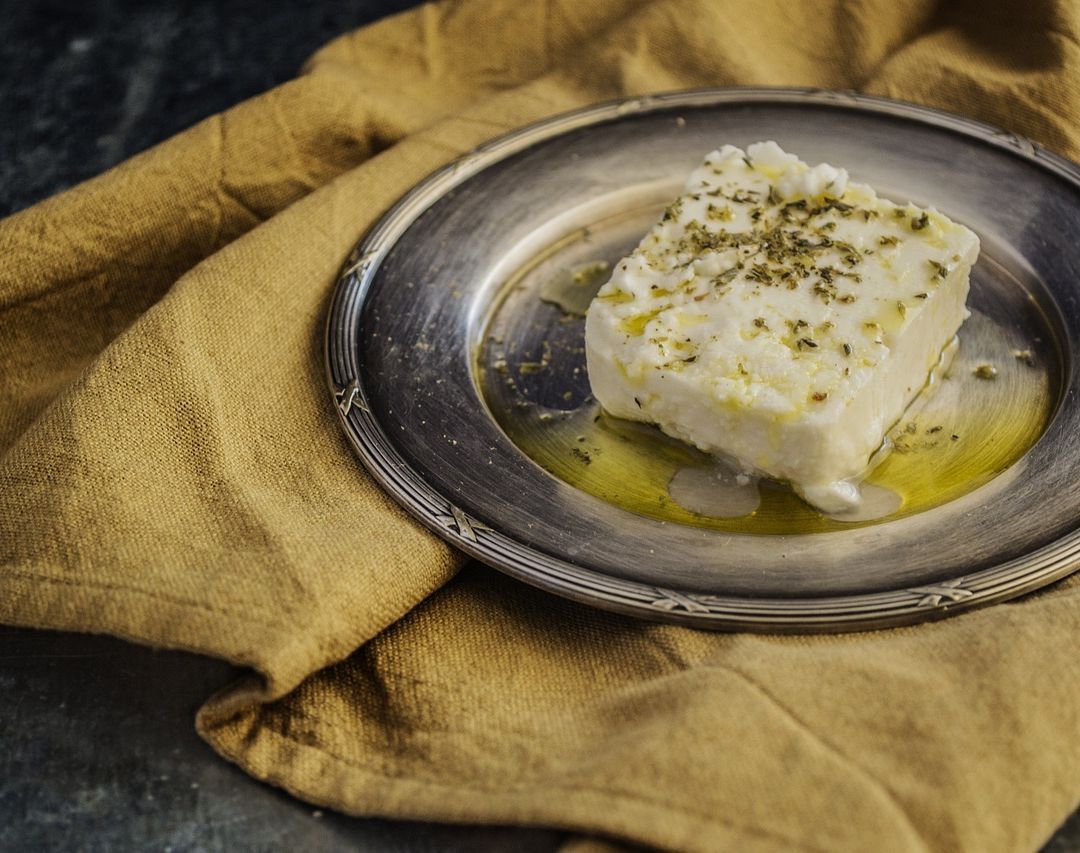
Tofu fatto in casa
Fare il tofu in casa è un processo abbastanza semplice ma richiede pazienza.
Tempo di preparazione
15 minutiTempo di cottura
45 minutiAmmollo
8 orePorzioni
MediaDose
4Strumenti
PentolaIngredienti
Acqua2000 mlSoia secca500 gNigari2 cucchiaini1 Lascia i fagioli di soia in ammollo in abbondante acqua fredda per almeno 8 ore o per tutta la notte.
2 Scola i fagioli e frullali con 2 litri di acqua fresca fino a ottenere un composto liscio. Filtra il liquido con un telo per formaggi o un panno molto fine, strizzando bene per estrarre il latte di soia. Questo residuo solido è l'okara, che può essere usato in altre ricette.
3 Porta il latte di soia a ebollizione e poi lascialo sobbollire per circa 20 minuti, mescolando di tanto in tanto per evitare che si attacchi.
4 Sciogli il nigari in mezzo bicchiere d'acqua. Rimuovi il latte di soia dal fuoco e lascialo raffreddare per qualche minuto. Aggiungi il nigari diluito, mescolando molto delicatamente solo un paio di volte. Lascia riposare il latte per 15-20 minuti per permettere la formazione della cagliata.
5 Versa la cagliata in uno stampo foderato con un panno per formaggi, piega il tessuto sopra la cagliata e metti un peso sopra per 20-30 minuti per il tofu morbido, più a lungo per il tofu più compatto.
6 Conserva il tofu immerso in acqua fredda in frigorifero e cambia l'acqua ogni giorno per mantenerlo fresco.
The challenge of food sustainability: feeding the planet with legumes and cereals
Amid the growing challenge of feeding a growing global population, combinations of legumes and grains are emerging as an environmentally friendly and nutritionally beneficial solution. The growing demand for high-protein foods and the sustainability issues of meat production are leading more and more people to consider plant-based alternatives. Legumes and grains not only provide nutritious nutrition, but also have a much lower environmental impact than meat. Meat production requires enormous amounts of natural resources such as water, land, and feed, and is a major source of greenhouse gases. In contrast, growing legumes and grains has a much lower ecological footprint. Furthermore, these foods are highly efficient in their production cycle, requiring less water and land, and represent an ideal solution for developing agricultural regions.
Conclusions and future perspectives
In short, combining legumes and grains represents one of the most effective and sustainable solutions to address the nutritional and environmental challenges of our time. With the growing popularity of plant-based diets and the need to reduce the environmental impact of our food choices, we will likely see a further expansion in the use of legumes and grains in the future, not only in daily diets but also in agricultural policies and global food systems. The tradition of ancient civilizations, which combined these two food groups for centuries, remains a valuable lesson. Today more than ever, it is essential to rediscover and enhance these combinations to nourish future generations healthily, equitably, and sustainably.
The science of protein complementarity
The idea of combining legumes and grains is not just a traditional one, but also a well-studied scientific process. The concept of protein complementarity stems from the observation that some plant proteins contain amino acids lacking in other proteins. When grains and legumes are combined, their amino acid profiles complement each other, creating a high-quality protein source. This process is particularly relevant in vegan and vegetarian diets, where animal proteins are absent and must be replaced with other plant sources. For example, quinoa is one of the few grains that contains all the essential amino acids, but combined with legumes, such as beans or lentils, it is an excellent example of how cuisines around the world have developed functional combinations. The importance of this complementarity has also emerged in modern nutritional research, where the combination of legumes and grains has been shown to have a nutritional value equivalent to that of animal proteins, but with the added benefit of being cholesterol-free.
Agricultural practices and environmental impact
Farming based on legumes and grains is not only nutritionally beneficial, but also offers significant ecological benefits. Legumes, such as beans and lentils, are known for their ability to fix atmospheric nitrogen in the soil, thus improving fertility and reducing the need for chemical fertilizers. This makes growing legumes and grains more sustainable, less harmful to the environment, and more suited to organic farming principles. Furthermore, consuming grains and legumes contributes to a lower environmental impact compared to diets high in meat. Meat production requires a large amount of natural resources, such as water and agricultural land, and contributes significantly to greenhouse gas emissions. In contrast, legumes have a much lower ecological footprint, as they require less water and land for production, and their growth cycle is faster.
Global culinary traditions
Around the world, culinary traditions combining legumes and grains are incredibly diverse and rich in history. In South America, the classic rice and bean dish is a staple in the cuisines of Brazil, the Caribbean, and many other regions. This combination is as nutritious as it is versatile, and is often served with meat, fish, or in vegetarian versions. In Asia, soybeans are a key legume, combined with rice in numerous dishes such as tofu, tempeh, and miso, which offer an excellent source of plant-based protein. Japanese culture, for example, has perfected the processing of soybeans to produce a variety of protein-rich foods, from soy sauce to tofu, while in China, soybeans are combined with rice in traditional dishes such as fried rice. In Africa, legumes are also often paired with grains, as in the Middle Eastern dish mujaddara, which combines lentils and rice, or in North African dishes based on couscous and chickpeas. These combinations are part of a culinary heritage that has ensured the nutrition of generations, and today they continue to be a source of pride for many populations.
Food Sustainability: The Future of Plant-Based Combinations
In recent decades, attention to food sustainability has increased significantly. With the growing world population and the progressive depletion of natural resources, plant-based diets, such as those based on legumes and grains, have become a key resource for feeding the planet more efficiently. Vegetarian and vegan diets, which rely on combinations of legumes and grains, offer an environmentally friendly and nutritionally balanced solution. These diets reduce the ecological footprint, reduce greenhouse gas emissions, and contribute to more sustainable management of natural resources.
Legumes and cereals in the modern diet: food trends and health impacts
As dietary habits have evolved, the concept of a balanced diet has changed, but the principle of combining legumes and grains remains central. Today, the combination of these two foods is experiencing renewed interest, especially in contexts where a plant-based diet is increasingly being considered for health, ethical, and environmental sustainability reasons. Modern diets, influenced by growing awareness of chronic diseases and nutrition-related disorders, often encourage the elimination or reduction of red meat and foods high in saturated fat, pushing for more plant-based options. In this scenario, the use of legumes and grains becomes essential to ensure a complete nutritional intake. A diet that balances legumes and grains helps maintain stable blood sugar levels, reduces the risk of obesity and type 2 diabetes, and promotes cardiovascular health. Some studies, such as one conducted by the Harvard T.H. Chan School of Public Health, suggest that people who regularly consume legumes and grains, especially in combination, have a lower risk of developing heart disease than those who follow a diet richer in animal protein. Furthermore, legumes such as lentils, beans, and chickpeas, along with whole grains like quinoa, farro, and oats, are rich in soluble fiber, which aids digestion and helps control cholesterol. Another aspect to consider is the impact of these combinations on gut health. The dietary fiber found in legumes and grains acts as a prebiotic, stimulating the growth of beneficial bacteria in our gut. Recent studies have shown that healthy gut flora is essential for proper immune system function, weight management, and even mental health. Furthermore, the high antioxidant content of legumes and grains helps fight oxidative stress and reduce inflammation, thus promoting healthy aging. An interesting example of how the combination of legumes and grains is becoming part of the modern diet is the growing popularity of vegan and vegetarian dishes in restaurants around the world. Restaurants like Café Gratitude in Los Angeles and Martys V Burger in New York offer dishes like veggie burgers made with lentils and served with quinoa or couscous, creating dishes that are not only delicious but also extremely nutritionally balanced. These dishes are popular not only with vegans but also with those simply looking for a healthier alternative to traditional meats.
The evolution of the legume-cereal combination
Culinary cultures around the world have developed combinations of legumes and grains that have become iconic dishes, rooted in tradition yet adaptable to modern nutritional needs. Some examples of iconic dishes are rice and beans in Latin America, dahl in India, and hummus with pita bread in the Middle East.
South America: Rice and Beans
Rice and beans is one of the most common and versatile combinations in South America. The tradition of eating rice and beans dates back to pre-Columbian times, when indigenous peoples used corn, beans, and other legumes alongside local grains like quinoa and amaranth. With the arrival of the Spanish and the spread of rice, this combination gained even greater importance, becoming a staple in Brazilian, Caribbean, and other Latin American cuisines. In Brazil, for example, feijoada, a black bean stew with pork, is a typical dish served with white rice. This combination not only provides a great source of protein, but is also a symbol of sharing and socializing.
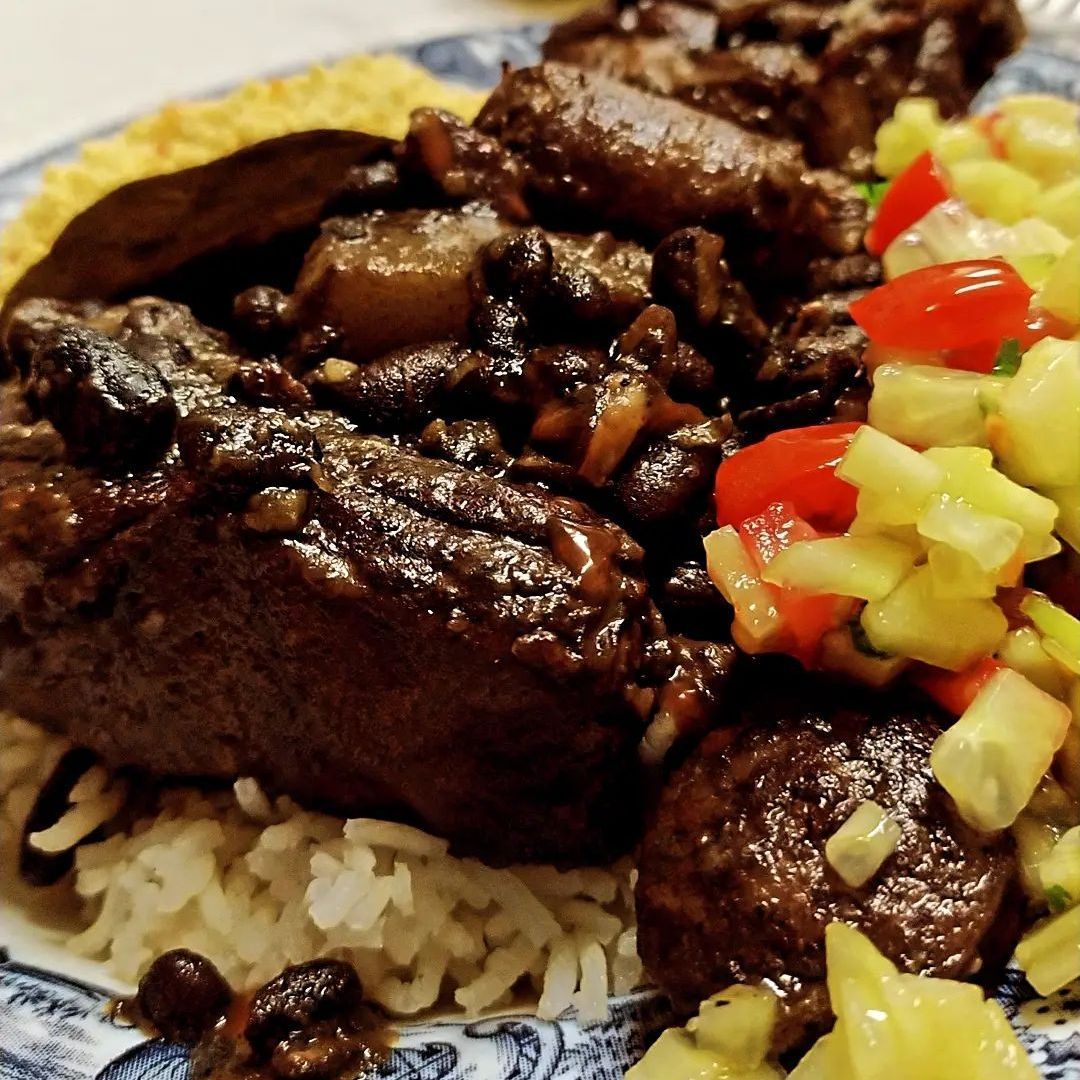
Fejioada
Nella cucina brasiliana è probabilmente il piatto più noto e rappresentativo. Si tratta di una zuppa di fagioli neri con diversi tagli di maiale.
Tempo di preparazione
20 minutiTempo di cottura
2 orePorzioni
Fuori sedeDose
6Strumenti
Padella, PentolaIngredienti
Fagioli neri (secchi)500 gCostine di maiale500 g1 Il primo passo è quello di mettere ammollo i fagioli la sera prima. In questo modo in cottura risulteranno morbidi
2 Tagliamo quindi la la salsiccia e il salame a tocchetti e rosoliamoli in una padella capiente in modo che rilascino il loro grasso.
3 In un'altra padella lasciamo rosolare la pancetta e le costine. Nel frattempo in una pentola capiente facciamo rosolare la cipolla e l'aglio con un filo d'olio.
4 Aggiungiamo la carne rosolata all'interno della pentola con la cipolla e facciamo cuocere insieme per qualche minuto. Aggiungiamo dunque i fagioli, precendente scolati, le spezie e copriamo con dell'acqua. In questa fase si possono aggiungere 5-6 foglie di alloro, che conferiranno il gusto tipico della fejioada.
5 Cuocere a fuoco basso per circa 4 ore con coperchio mantenendo costante il livello dell'acqua. Quando mancherà mezz'ora è possibile aumentare la fiamma e togliere il coperchio in modo da restringere il brodo.
6 Servire la fejioada calda accompagnata da riso basmati!
India: Dahl and rice
In India, dahl—a dish made from lentils cooked with spices—is often served with basmati rice. This dish is not only nutritious, but also has spiritual significance. Lentils, like many other legumes, are considered a food that promotes sattva, one of the three fundamental qualities of nature according to Indian philosophy, which indicates purity, calm, and mental clarity. Rice, one of the most sacred foods in India, when combined with legumes like dahl, creates a perfect balance of energy and nourishment.
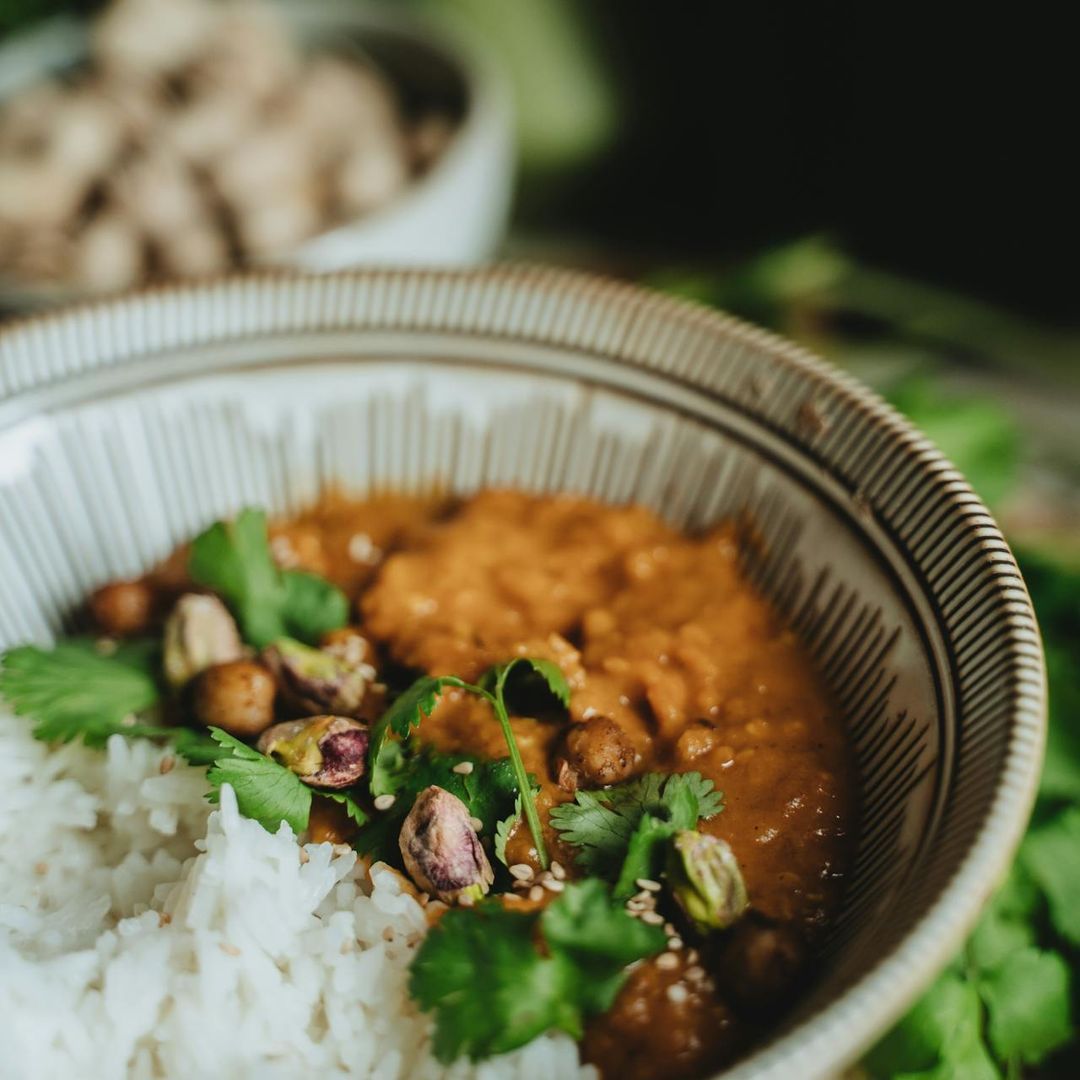
Dal di lenticchie indiano
Il Dal è un piatto tradizionale indiano a base di lenticchie speziate. Il Dal è un piatto versatile e nutriente, perfetto come piatto principale o come accompagnamento. Puoi anche personalizzare la ricetta aggiungendo verdure come spinaci o patate.
Tempo di preparazione
15 minutiTempo di cottura
1 ora e 15 minutiPorzioni
FacileDose
4Strumenti
Padella, PentolaIngredienti
Lenticchie (secche)300 g1 Sciacqua bene le lenticchie sotto acqua corrente fino a quando l'acqua diventa chiara. In una pentola capiente, aggiungi le lenticchie sciacquate e l'acqua. Porta a ebollizione, quindi riduci il fuoco e lascia cuocere a fuoco medio-basso per circa 20-30 minuti, o fino a quando le lenticchie sono tenere e hanno assorbito la maggior parte dell'acqua. Mescola di tanto in tanto e aggiungi più acqua se necessario per raggiungere la consistenza desiderata.
2 Nel frattempo, in una padella separata, riscalda l'olio vegetale o il ghee a fuoco medio. Aggiungi la cipolla tritata e cuoci finché non diventa trasparente, circa 5-7 minuti.
3 Aggiungi l'aglio tritato e lo zenzero grattugiato. Cuoci per altri 1-2 minuti, fino a quando non rilasciano il loro aroma.
4 Aggiungi i pomodori tritati o passati di pomodoro e cuoci per circa 5-7 minuti, finché non si sono ammorbiditi e la salsa si è addensata leggermente. Aggiungi le spezie: curcuma, cumino in polvere, coriandolo in polvere e peperoncino rosso in polvere (se usato). Mescola bene per combinare.
5 Aggiungi la salsa di pomodoro speziata alle lenticchie cotte e mescola bene. Cuoci per altri 5-10 minuti a fuoco medio-basso, mescolando di tanto in tanto per far amalgamare i sapori. Assaggia e aggiusta di sale e pepe secondo il tuo gusto. Se desideri un tocco di acidità, puoi aggiungere un po' di succo di limone a questo punto.
6 Una volta cotta, servi il Dal caldo, guarnendo con prezzemolo fresco o foglie di coriandolo se lo desideri. Puoi accompagnarlo con del pane naan, del riso basmati o con altri piatti indiani.
Guns, Steel, and Disease: How Grains and Legumes Shaped Civilizations
In Guns, Germs, and Steel , Jared Diamond explores the roots of human societys development, highlighting how the combination of grains and legumes provided a balanced and sustainable diet, crucial to the birth and growth of civilizations. From the wheat-lentil pairing in the Fertile Crescent to the corn-bean duo in Mesoamerica, these food associations enabled demographic expansion and social organization, profoundly influencing human history. This illuminating essay offers a new perspective on the evolution of cultures through food choices.
amzn.to

flavio_campaniolo
Data di inserimento 24 apr 2025
Report article

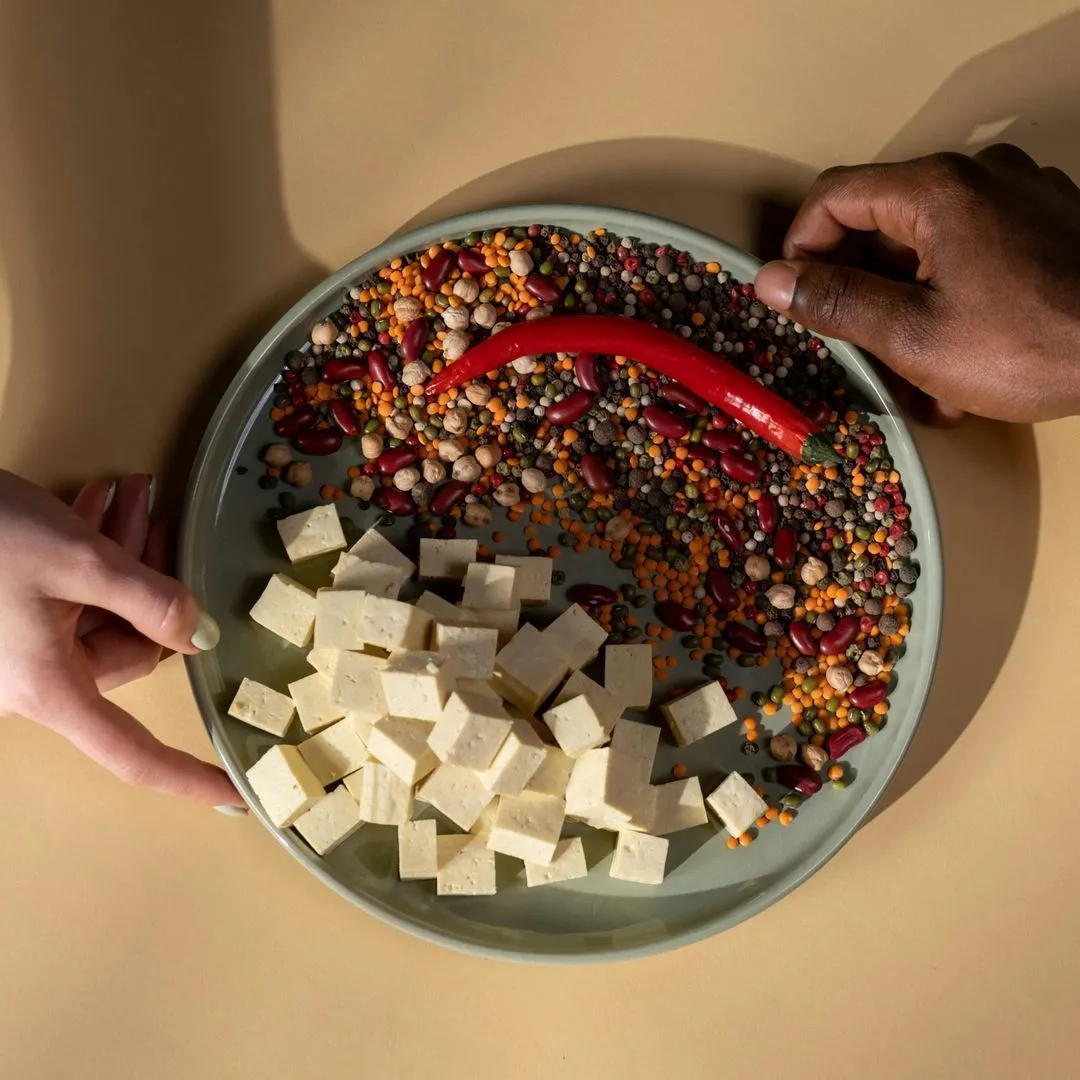
Comments
There are no comments yet.